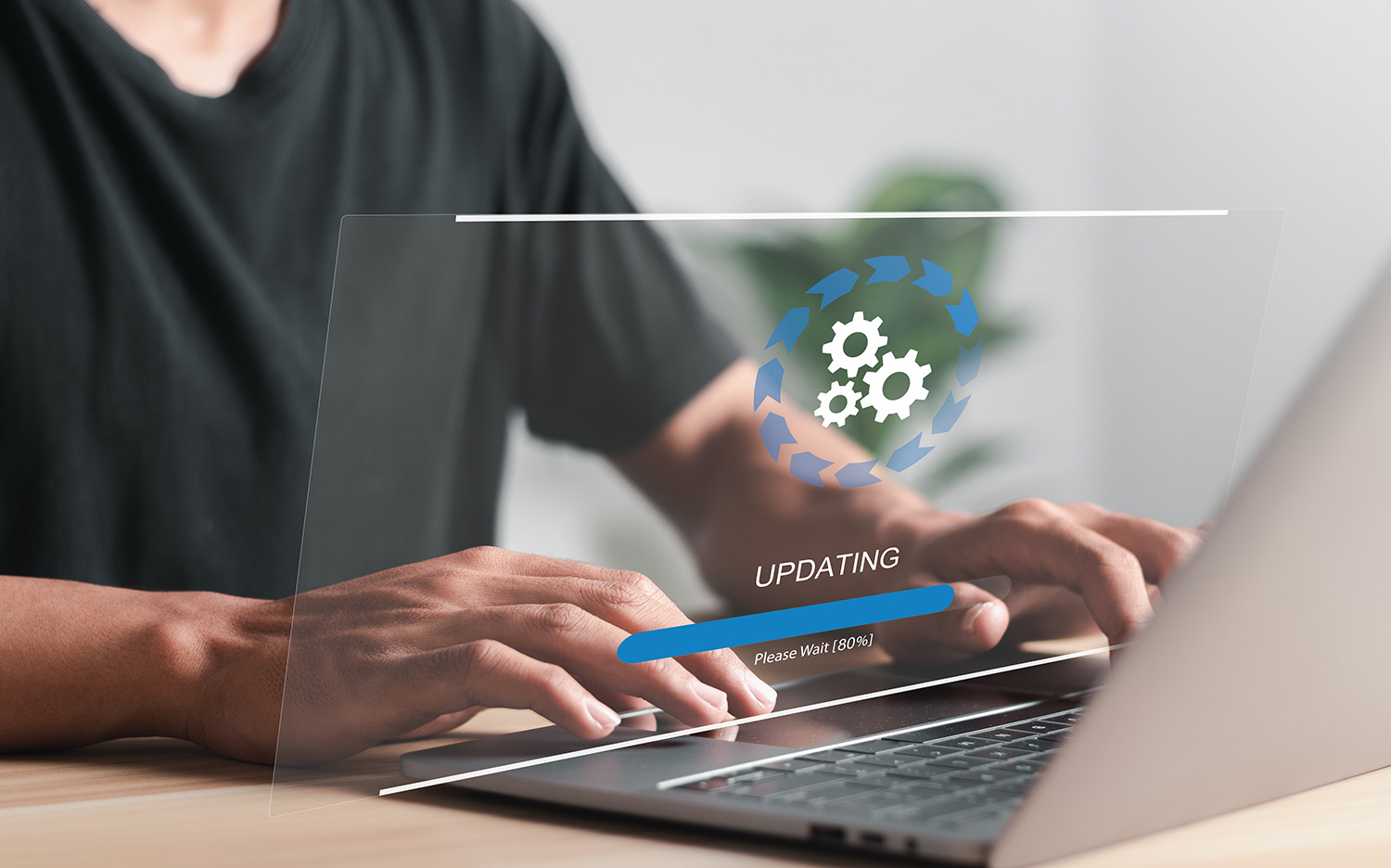Five tips for increasing your security planning
.png)
Cybercriminals are becoming more advanced — from the ways they operate to the software and tactics that they use. With the amount of cybercrimes on the rise, it’s important that your business takes the necessary steps to protect itself. Giving your employees the knowledge and skills they need to prevent themselves — or their organization — from falling victim is a vital step in the security planning process. When it comes to employee practices, here are five tips for beefing up your security planning.
Implement cybersecurity training workshops.
One of the best ways to increase your security planning is to teach your employees how to recognize potential threats — like a phishing scam email, suspicious activity on their computers or sketchy websites. Whether you invest in a third party to run the training or leave it up to your IT department, making sure your employees know what they’re looking for will decrease the likelihood of your organization falling victim to a cybercriminal. As tactics change quickly, your training shouldn’t be a one-and-done effort. Ongoing training is essential to keep all employees on the cyberdefense.
Create a cybersecurity protocol.
When it comes to cybersecurity, you don’t just want your employees to be able to recognize threats — you also want them to be able to take the proper steps to eliminate threats or mitigate fallout. Who do employees turn to when they get a suspicious email or notice unusual activity on their computers? What are the actions they need to take? These are important questions that your cybersecurity protocol should answer. Giving your team guidelines will help streamline the security process and keep criminals from gaining information they shouldn’t.
Provide employees with a resource for backing up important information and files.
Backups are great in case employees accidentally delete important files or company information. However, they are also great to help employees continue working in case of a cyberthreat. Malware can give hackers access to any device, and ransomware can lock you out of those devices completely. Having backups will allow your organization and employees to continue on while the threat gets sorted out.
Differentiate passwords.
While it can be difficult to remember a different password for every account you have, it’s an important step in the cybersecurity process — especially for business accounts. If a hacker gets access to your credentials for one website, they can access all of your other accounts if your passwords are the same. For example, if an employee’s Facebook password gets hacked, your company accounts can also be compromised if you use the same information for everything.
Update software when new updates are available.
When new improvements are made to software, updates are released. These updates can improve how the software runs and add new features, but they also improve any bugs or security issues that have been found or reported by users. This is why it’s important to have your employees updating their software as soon as they can after updates are released. It will keep hackers from using the holes in older software to gain access to information.
There are a lot of moving parts when it comes to cybersecurity, and making sure your employees are trained and ready in case of an attack is an important step to keeping your organization safe. Whether you’re investing in cybersecurity software and equipment or need a third party to come in and provide security expertise, ProTech is here to help. Give us a call today!
In this article

5 Ways to Eliminate Hidden IT Costs in Enterprise Environments Before Year-End

How Can Enterprises Prevent Cybersecurity Threats During the Holiday Season?


